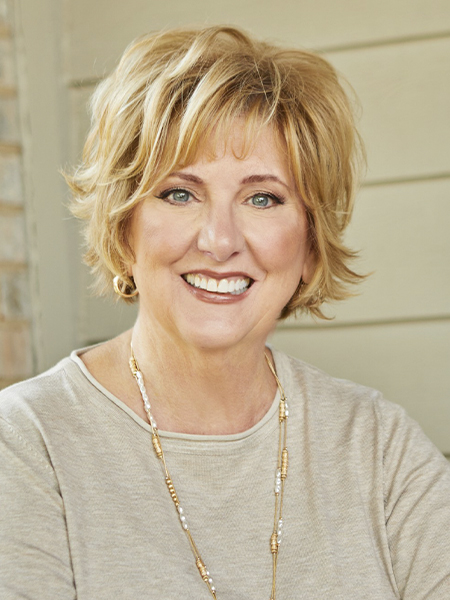CONTACT US
Enter your Name, Email Address and a short message. We'll respond to you as soon as possible.

Eileen M. Carrero, CPA
Financial Advisor, CPA
Eileen Carrero Financial Services, LLC
Wealth Management, Tax & Accounting
4917 West 144th Place
Midlothian, IL 60445
Phone: 708-489-1035
Fax: 708-489-1036
Email: eileen.carrero@ceterafs.com
Website: www.myecfs.com

The IRS has issued final regulations updating some changes made by the SECURE and the SECURE 2.0 Acts that may impact your retirement asset legacy.
The IRS also clarified that an employer-defined-contribution plan may provide that if an employee participating in the plan dies before the required beginning date, then an eligible designated beneficiary (including a surviving spouse) may elect to receive the plan benefits using the 10-year rule or as annual payments over their life expectancy.
For individuals, the SECURE 2.0 Act increased annual retirement catch-up contribution limits to either $10,000 or, if you're age 60 to 63, 150% of the 2024 catch-up contribution limit as indexed for 2025.
For employees and employers, part-time workers who have completed at least 500 hours of service must be allowed to participate in a business's retirement plan after two years, reduced from three years in 2024. Also, employers starting 401(k) and 403(b) plans generally must automatically enroll workers at an initial contribution rate of 3% of pay, with annual automatic deferral increases of 1% up to at least 10%. There's an exemption for existing plans.
In addition, the final regulations define new ages for RMDs from employer retirement plans. While those born before July 1, 1949, generally must still begin RMDs at 70-1/2 , if you were born between that date and January 1, 1951, you can wait until age 72. Individuals born between the beginning of 1951 and the first day of 1959 can postpone taking out assets until they reach age 73, and employees born on or after the first day of 1960 needn't start until they reach 75.
Enter your Name, Email Address and a short message. We'll respond to you as soon as possible.
Securities offered through Cetera Financial Specialists LLC, member FINRA/SIPC. Advisory services offered through Cetera Investment Advisers LLC. Cetera entities are under separate ownership from any other named entity.
Eileen Carrero Financial Services, LLC and LTM Marketing Solutions, LLC are unrelated companies. This publication was prepared for the publication’s provider by LTM Marketing Solutions, LLC, an unrelated third party. Articles are not written or produced by the named representative.
The information and opinions contained in this web site are obtained from sources believed to be reliable, but their accuracy cannot be guaranteed. The publishers assume no responsibility for errors and omissions or for any damages resulting from the use of the published information. This web site is published with the understanding that it does not render legal, accounting, financial, or other professional advice. Whole or partial reproduction of this web site is forbidden without the written permission of the publisher.